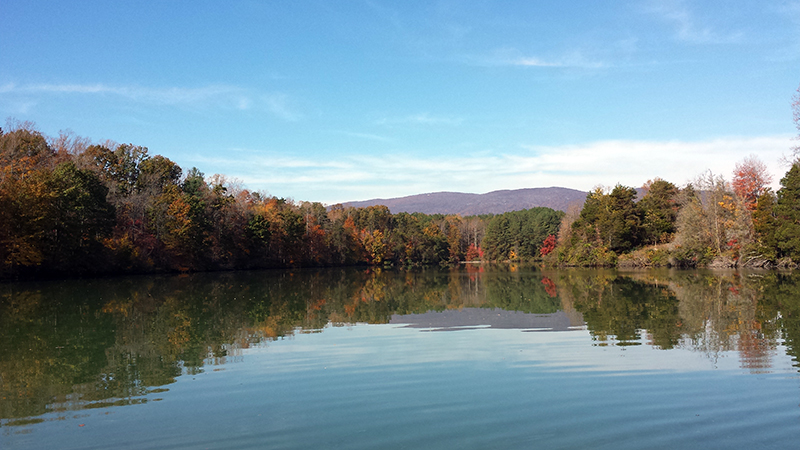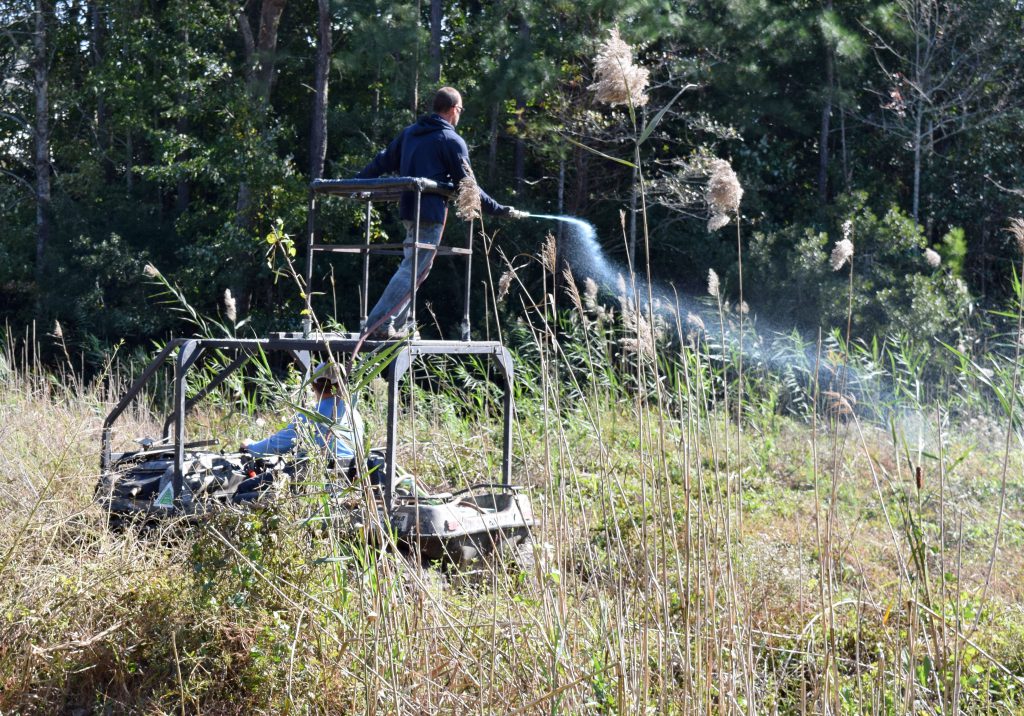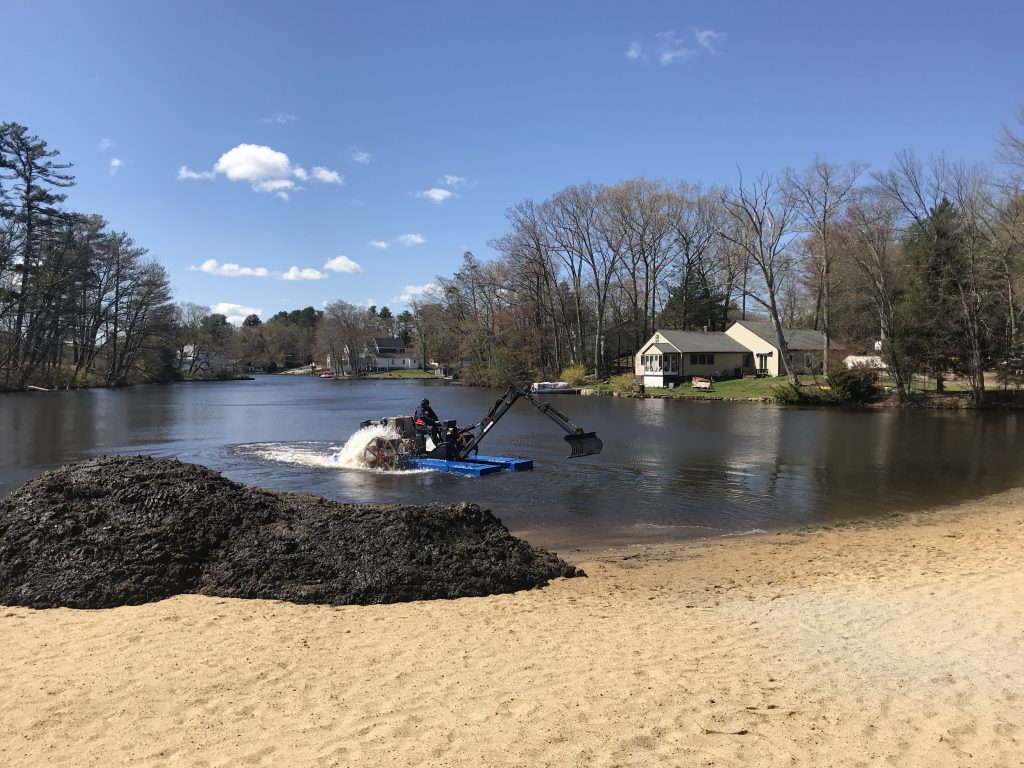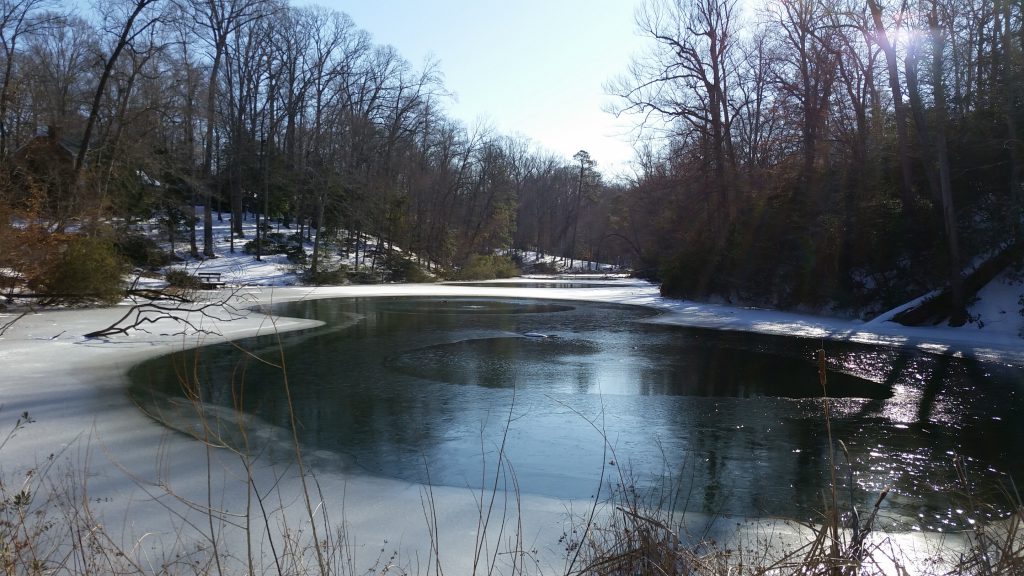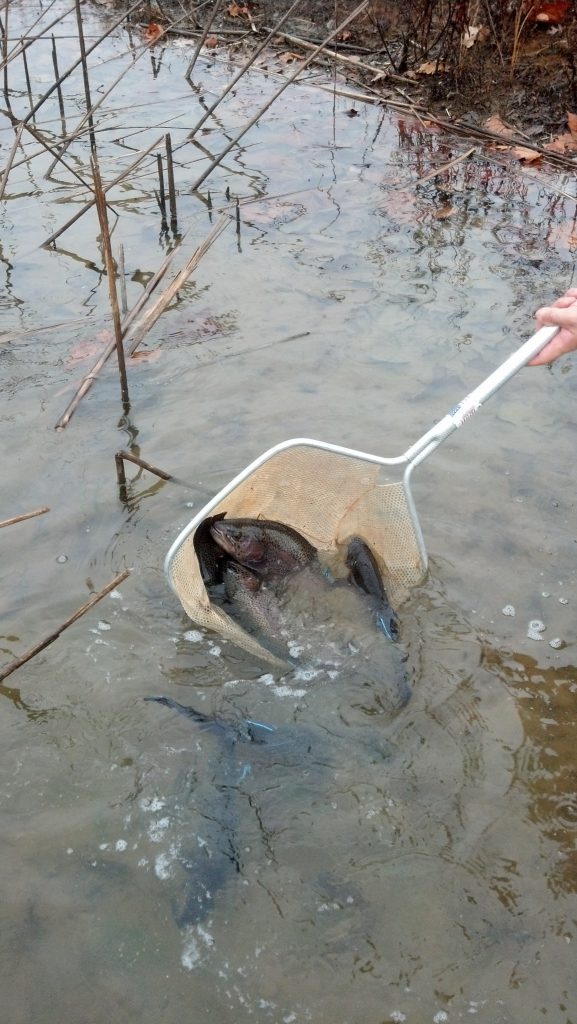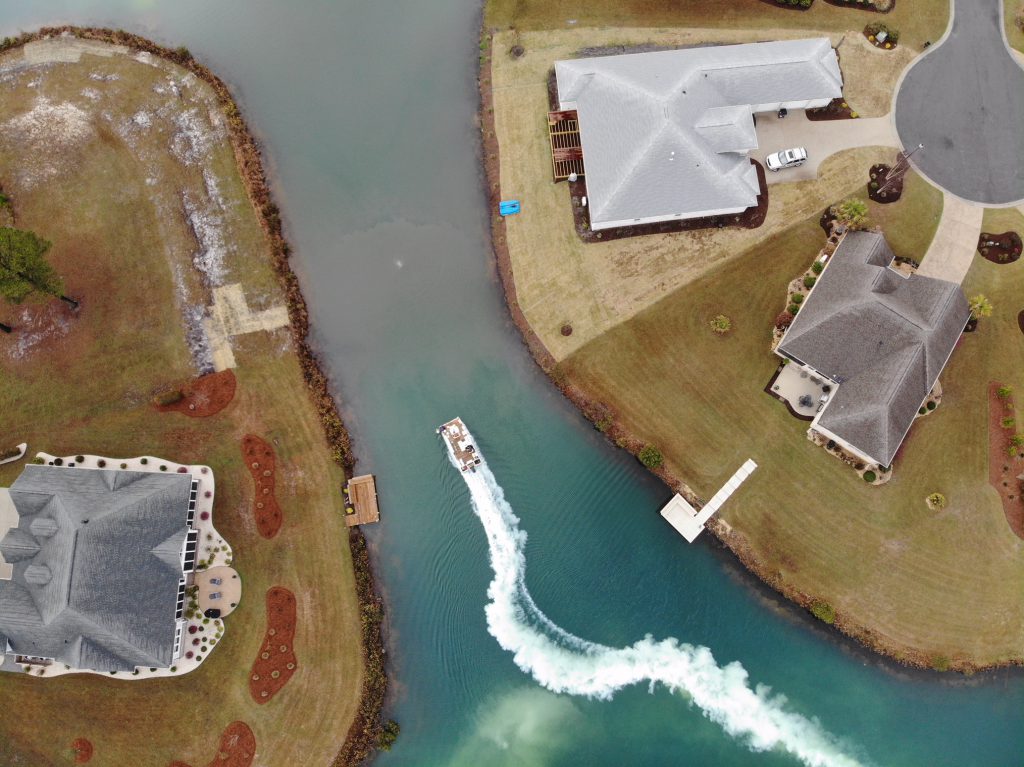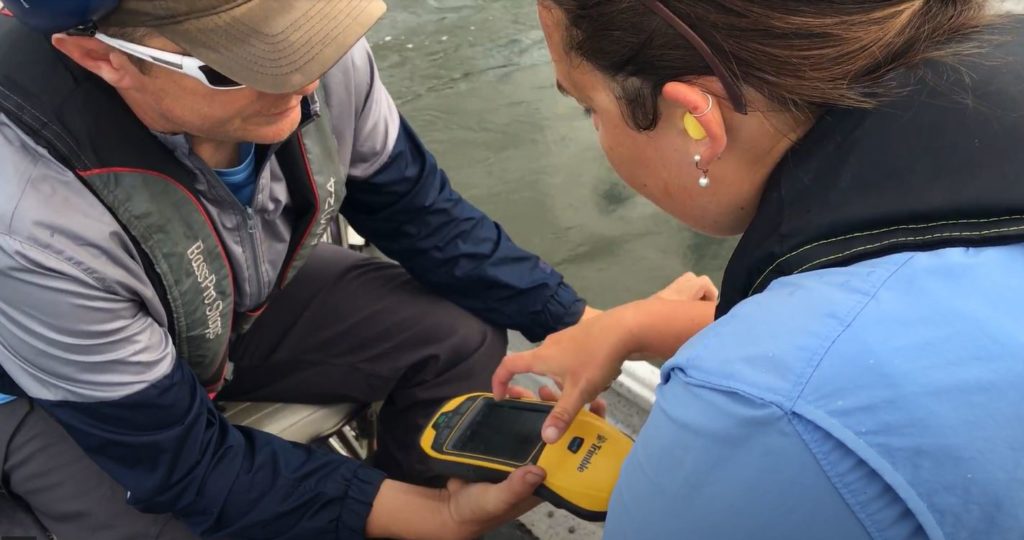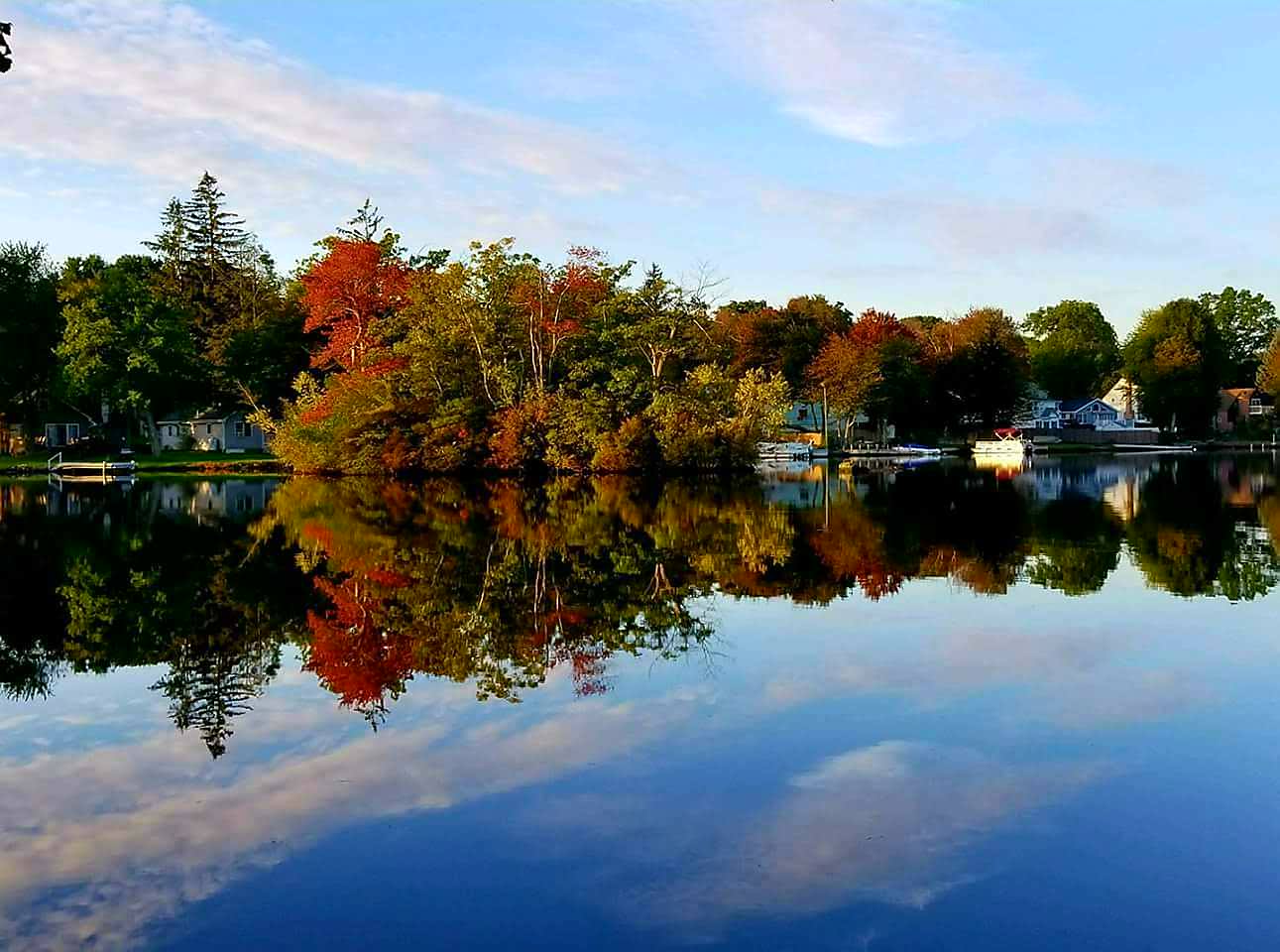
7 Ways to Prepare Your Waterbody for Success This Autumn
Following the hot, humid weather that accompanies summer, the fall season brings a sigh of relief with less intense sunshine and cooler temperatures. Just as the trees reflect the changing of the seasons, your water resources can also experience change. Fall is a perfect window to complete lasting maintenance. It’s important to stay on top of lake and pond management to facilitate fall recreational activities and to ensure you can enjoy it to its full potential come spring.
1. Rehabilitate eroded shorelines:
As algae and vegetation growth subside, there are many opportunities to tackle management projects that could not be accommodated during the summer. Erosion around shorelines often becomes more visible and this short window before winter is perfect to introduce a bioengineered shoreline using SOX Solutions. Depending on the size of the affected area, SOX can be installed within a few days or weeks to anchor sediment in place. It can then be planted with grass or sod to restore aesthetic beauty to the landscape around your waterbody. The knitted mesh system’s strength and integrity ensure the transformation is safe and long-lasting.
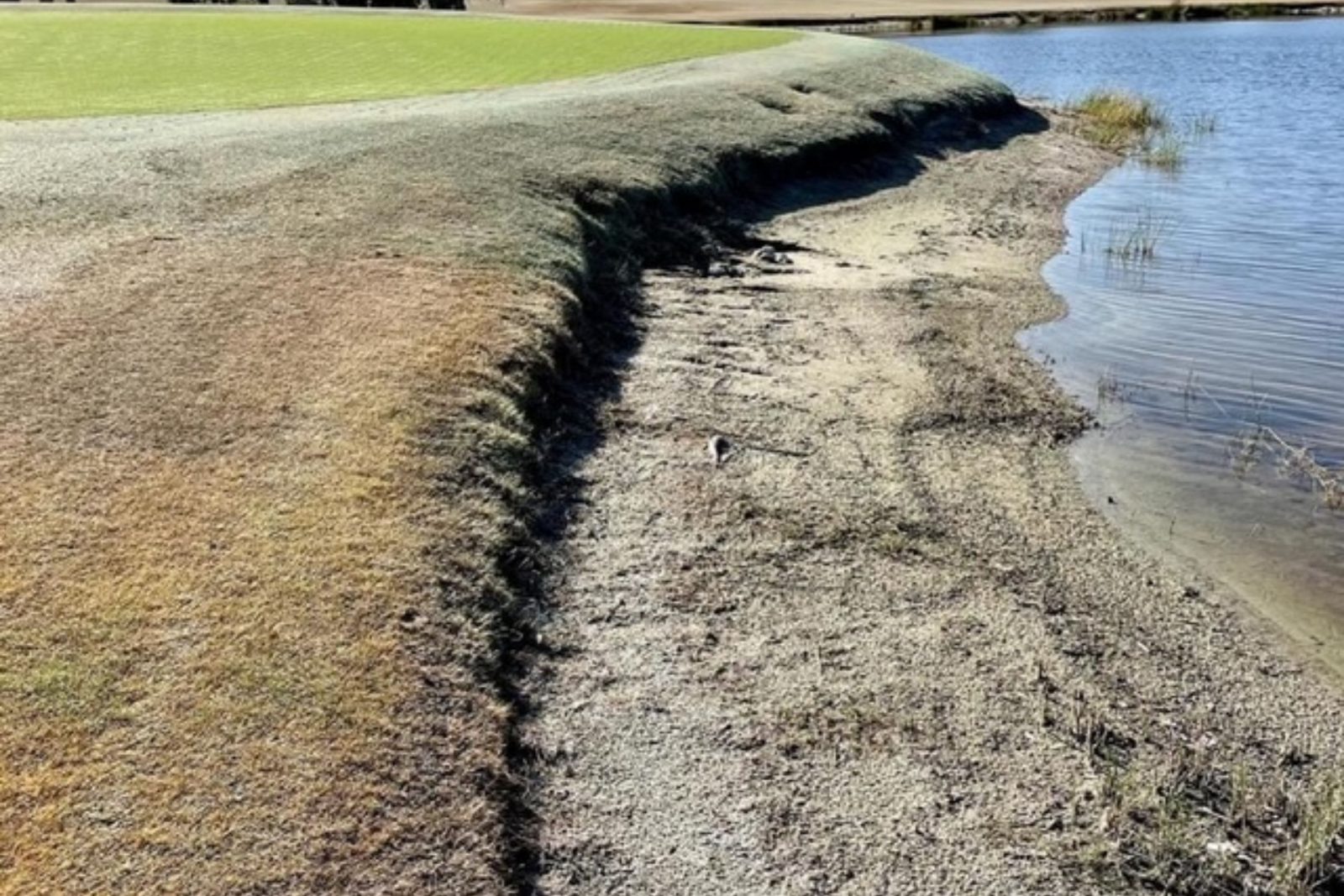
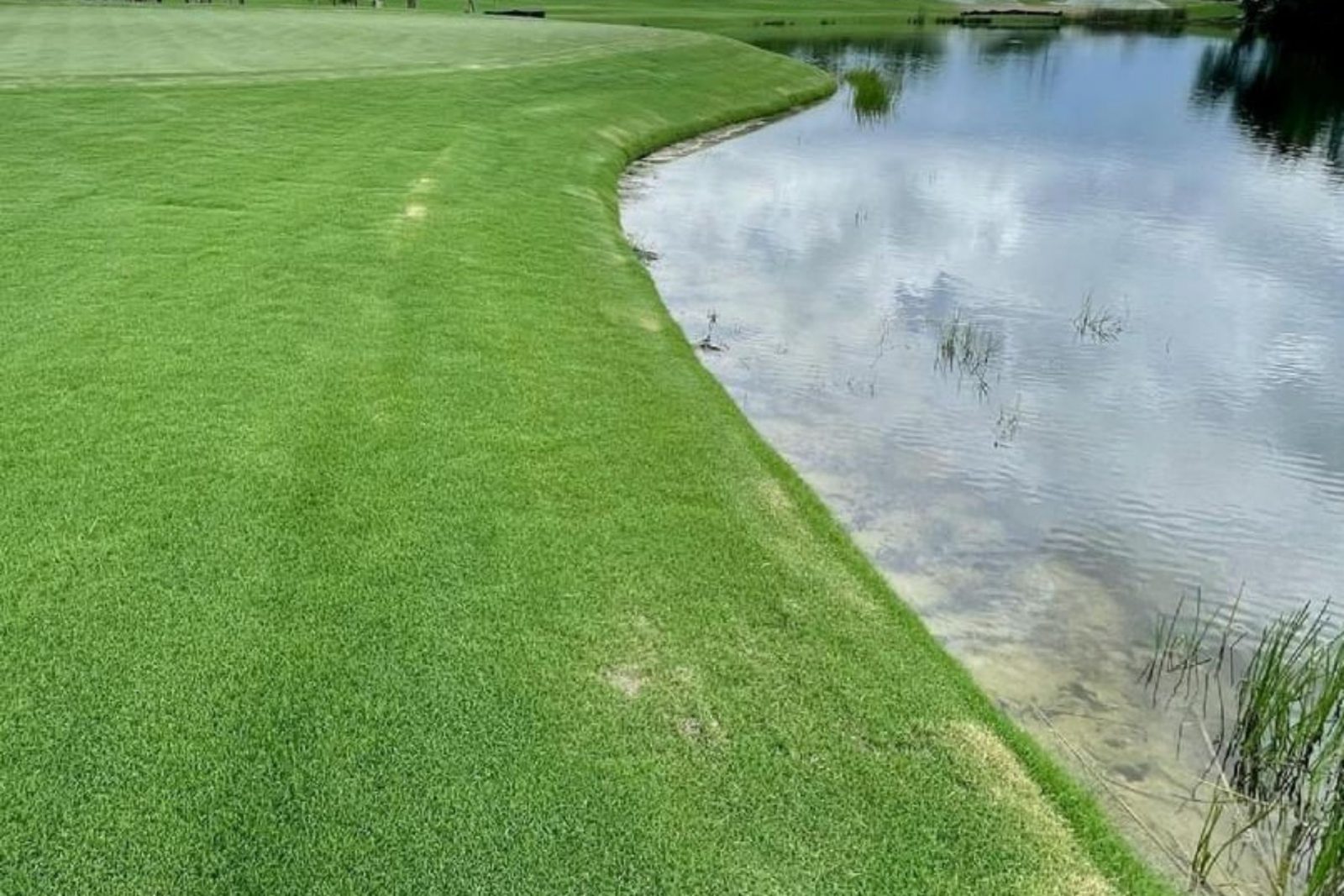
2. Manage nuisance and beneficial shoreline plants:
In addition to addressing dangerous erosion issues, the shoreline should be examined for woody vegetation and invasive plants like Phragmites australis, both of which should be physically removed to prevent further destabilization and potential damage to stormwater equipment. Native buffer species should be trimmed and the clippings should be removed from the site. Likewise, falling leaves, grass clippings, and other fall materials should be cleared to ensure they do not enter the water, decay, and create harmful water quality imbalances that could encourage algae growth come spring. Plant matter is also known to clog stormwater equipment and floating fountains.
3. Restore valuable depth and volume:
If erosion and plant decay have accumulated over many years due to lack of proactive management, it may be time to restore depth in affected areas with hydro-raking. A hydro-rake is a floating barge with a mounted backhoe that can gather up to 500 pounds of muck in each scoop and deposit it on the land for disposal. Because a hydro-rake works from the water, it does not impact delicate shorelines. Fall is a perfect time for hydro-raking projects so the accumulation of leaves, branches, and decomposing plant matter can be removed before they negatively impact water quality conditions later in the year.
4. Execute your aeration plan:
That brings us to aeration. If your lake or pond has a fountain, now is the perfect time to schedule an ‘oil and seals’ service, which should be performed every three years. For those who live in colder climates, you may desire removal and winter storage for your fountain. If so, this should be completed by early December. In slightly warmer climates, fountains and submersed aeration systems can be left in the water to reduce ice formation and prevent stratification (the distinct layering of water temperatures and dissolved oxygen levels), which can cause fish kills. And new solutions like Oxygen Saturation Technology can also prevent fish kills by introducing necessary oxygen to anoxic layers of the water without causing thermal stratification.
5. Collect Data & Identify physical changes in your waterbody:
Proactive management is crucial to preserve the long-term health and beauty of your water resources. However, no two waterbodies are exactly the same and benefit most from a customized plan. Data is an important tool to help learn what your lake or pond needs to thrive. Just as water quality testing provides insight into the chemical components of the water, it is also beneficial to examine the physical components of the water resource.
Bathymetric mapping is the go-to tool to “see” below the surface and uncover the unique depths, contours and structural components at the bottom. When completed every 3-5 years, bathymetric studies can be compared to track physical changes over time. Other types of mapping can reveal total surface area and sediment accumulation, making it easier to create a timeline and budget for future dredging needs.
Mapping can take place any time of year, but it is often prioritized during the fall when the valuable data is used to facilitate planning or permitting needs and inform budget projections.
6. Stock winter sport fish:
While most sport fishing tends to subside as temperatures decline, angling activities do not have to end. Autumn provides the perfect backdrop to stock rainbow trout, which thrive all fall and winter. To do this successfully, it’s important to ensure water temperatures have consistently reached below 70 degrees. Once introduced to your waterbody, trout will thrive over the next few months until temperatures rise back up in the spring.
Stocking a lake in the fall is one of the easiest things owners can do to create some fish diversity and to add excitement to their fishing experience. Trout are especially fun to fish and can transform a community pond from just an aesthetic feature to an exciting meeting place for adults and children alike.
7. Rebalance water quality:
In addition to trout stocking, waterbodies prized for their year-long fishing experiences can benefit from pond liming. In acidic ponds, liming is an important method for correcting the associated water quality issues and improving fish productivity. Fall and winter are the recommended timeframes to complete these applications as they can’t always be prioritized during the growing season. The process is delicate, so it’s important to consult with a freshwater management professional to implement a water quality assessment and determine if liming is right for your waterbody.
Takeaways:
Though year-round annual management is an important part of pond ownership, fall is a great time to implement a variety of techniques and strategies that aren’t always feasible during the warmer months. It’s also a time to consider your goals for the following year and begin the planning required to achieve them. Your professional lake manager can help you throughout the process and ensure you are on the right track to maximize your budget and the enjoyment of your waterbody for years to come.
Who We Are
SOLitude Lake Management is a nationwide environmental firm committed to providing sustainable solutions that improve water quality, enhance beauty, preserve natural resources and reduce our environmental footprint. SOLitude’s team of aquatic resource management professionals specializes in the development and execution of customized lake, pond, wetland, and fisheries management programs that include water quality testing and restoration, nutrient remediation, algae, and aquatic weed control, installation and maintenance of fountains and aeration systems, bathymetry, shoreline erosion restoration, mechanical harvesting and hydro-raking, lake vegetation studies, biological assessments, habitat evaluations, and invasive species management. Services and educational resources are available to clients nationwide, including homeowners associations, multi-family and apartment communities, golf courses, commercial developments, ranches, private landowners, reservoirs, recreational and public lakes, municipalities, drinking water authorities, parks, and state and federal agencies. SOLitude Lake Management is a proud member of the Rentokil Steritech family of companies in North America.








